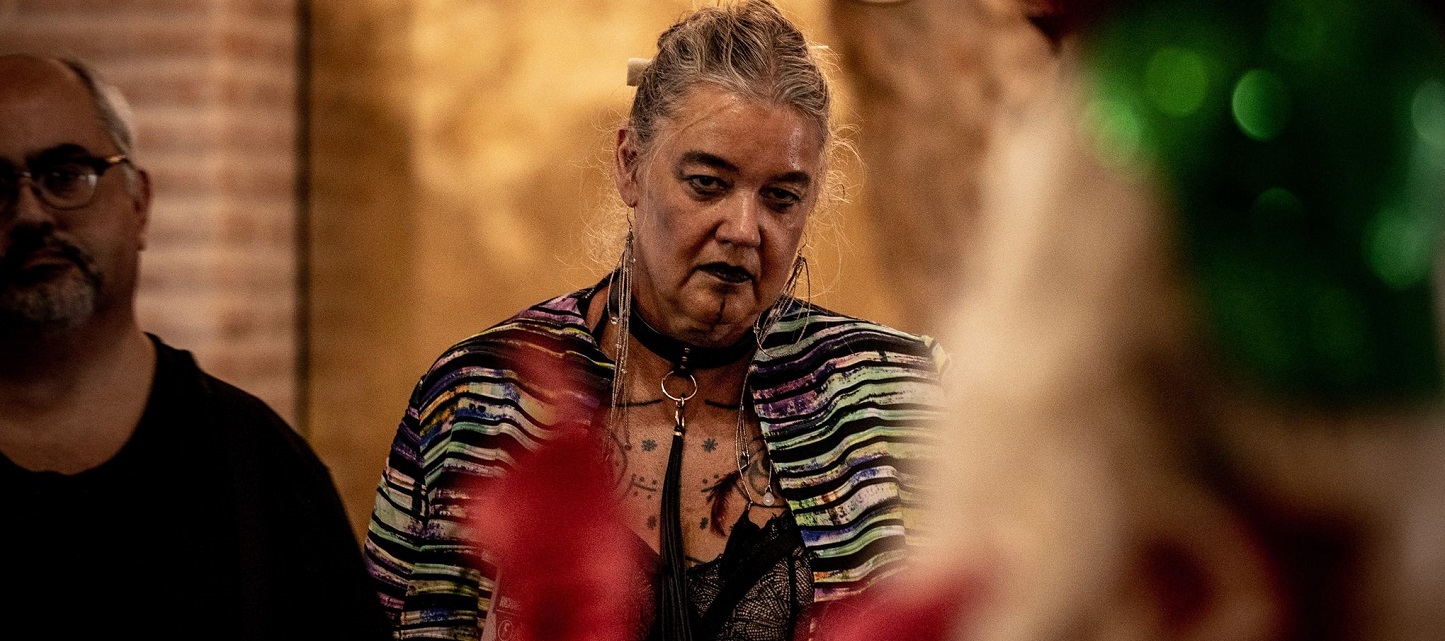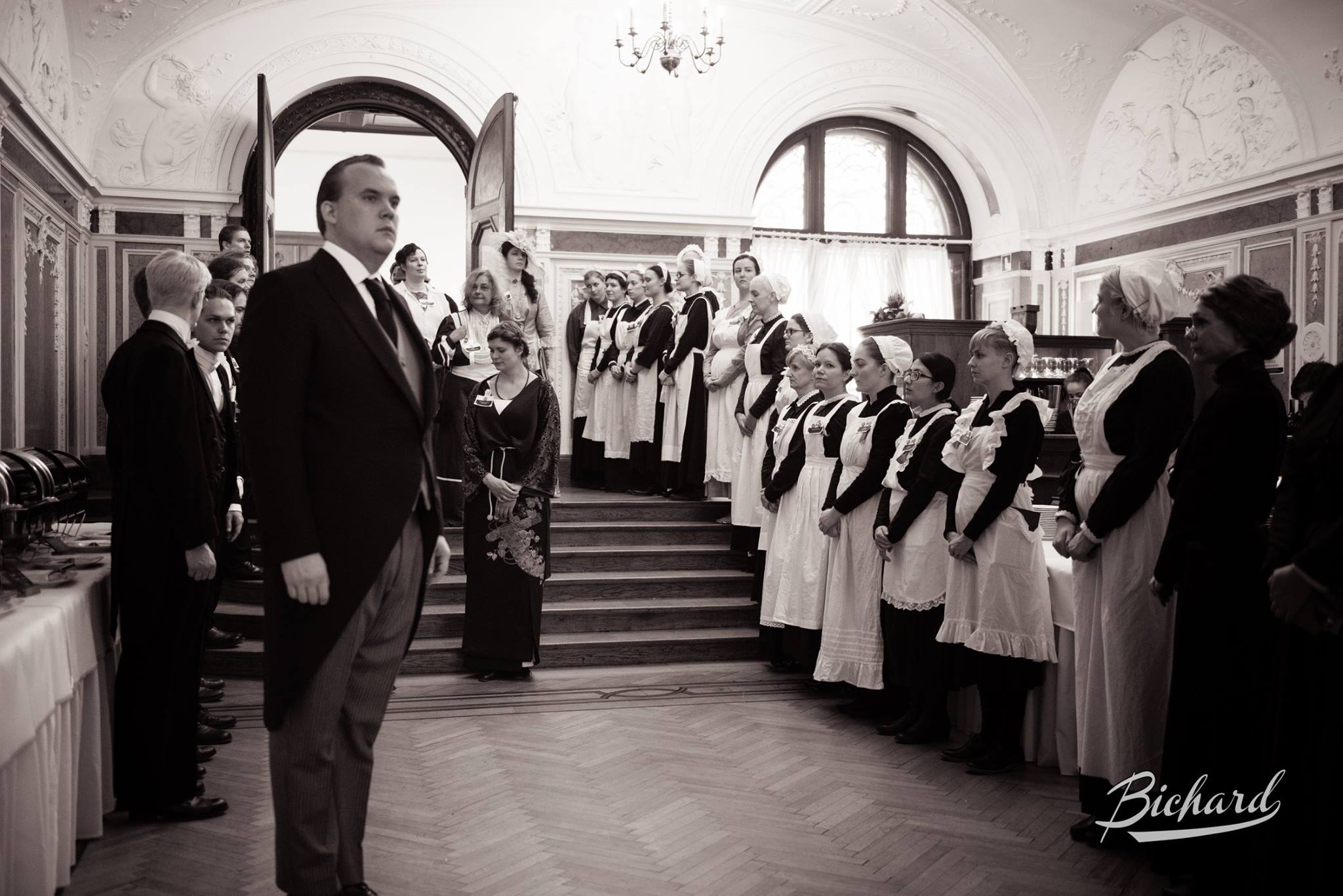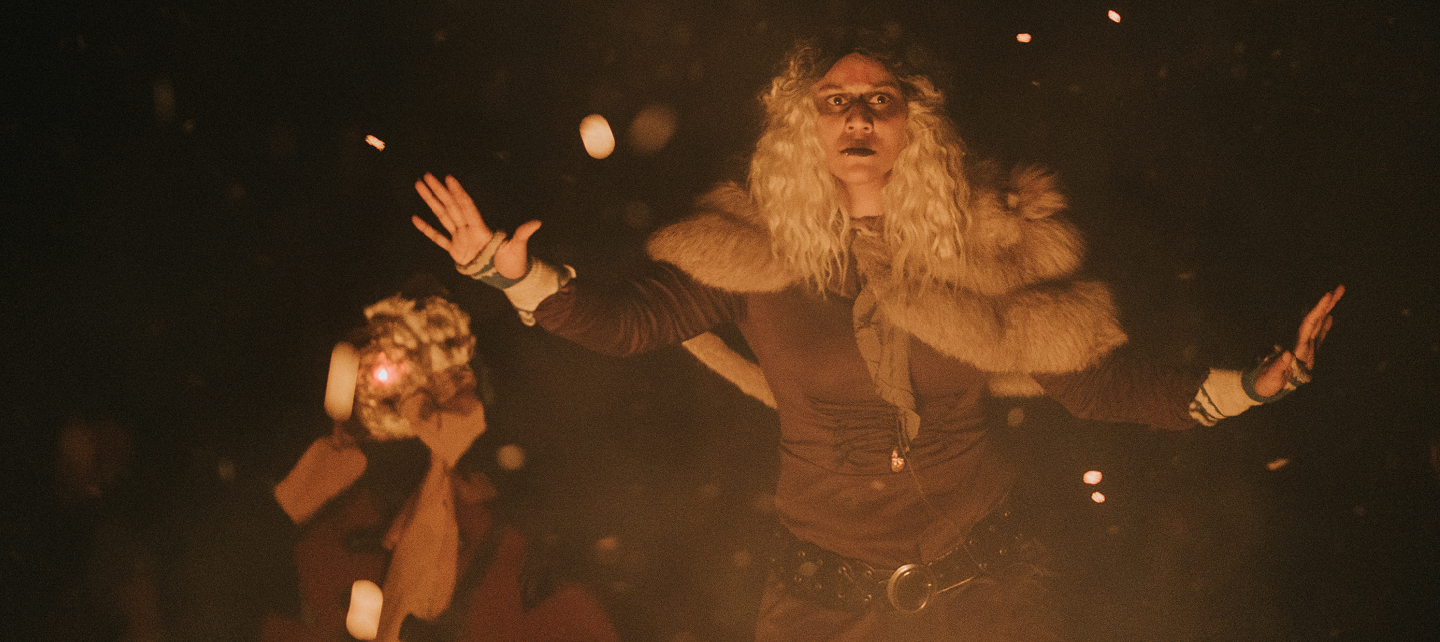Tag: Fairweather Manor
-

A Ramble in Five Scenes
in
How age, life experience, and the knowledge you have achieved become part of your larp.
-

Fairweather Manor: Perspectives from a United States Player
I thought I’d write up a game summary about my experience playing Fairweather Manor, as there seems to be some interest. My background is as an American larper with some-to-moderate larp experience in the American scene, whose first international larp was College of Wizardry earlier this year. Fairweather Manor was set in early 1914, and
-

Fairweather Manor – The Latest Iteration of the Blockbuster Formula?
Fairweather Manor is a historically-inspired international larp for 140 whose first run took place in Zamek Moszna, Poland, on the 5-8th of November 2015. It was created by the Liveform/Rollespilsfabrikken team already behind the creation of College of Wizardry. As such, the format, creative team, and overall design of the larp connects Fairweather Manor to…
